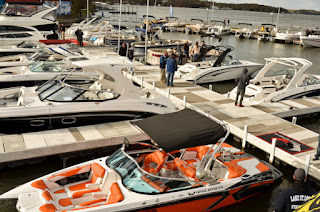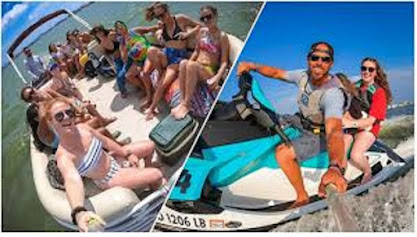Directional Driving... Don't wander - Drive Straight and Stay in your lane
The United States Coast Guard reported almost 4,300 recreational boat accidents in 2017. Surprisingly, most recreational boaters aren’t familiar with the boating rules of the road, which causes confusion and makes their boating experience less safe and more stressful. If you master even the basic principles of boat-passing rules, you’ll know how to behave in any situation and keep your cool.
As the captain of your vessel, it’s your responsibility to maintain the safety of your boat and everyone onboard. The more knowledgeable you are about how to do that — such as by knowing and understanding boating right-of-way-rules and collision regulations — the less you have to worry about something going wrong.
First things first — a few general tips for maintaining navigational safety:
- – Don’t go too fast. If you can increase the overall safety of your vessel or a vessel nearby by slowing down, you should. Sometimes the conditions are right to go fast, and sometimes they aren’t. It’s the job of a good skipper to know the difference. Take into account how many other boats are around you and if you have the proper space to slow down quickly.
- – Be cautious of other boaters. Just like when you’re driving a car, just because the rules of the road exist, it doesn’t mean everyone follows them. Recreational boaters are notorious for not following the rules. If their actions seem unsafe, keep enough distance between you and them so that any unexpected maneuver won’t catch you off guard.
- – Always be respectful and conscientious. While sometimes you may be operating under legal conditions, it’s still nice to give other boaters the respect and the space they deserve. Just because you have the right of way doesn’t mean you have to take it every time.
- – Avoid all government vessels and restricted areas. These vessels and areas almost always have the right of way, and it’s best to give them plenty of space.
- – Give way if it makes sense. Even if you have the right of way in a situation that could be dangerous, it’s your responsibility to alter your course if it means avoiding an accident. If you did not change your course and an accident occurred, it’s possible you could still be at least partially at fault even if you did have the right of way. Safety always takes precedence.




Comments
Post a Comment